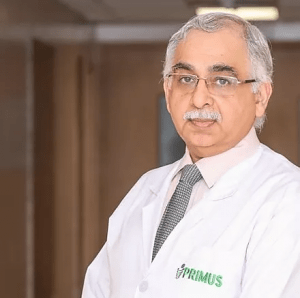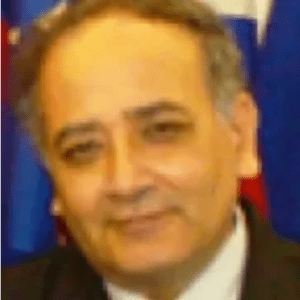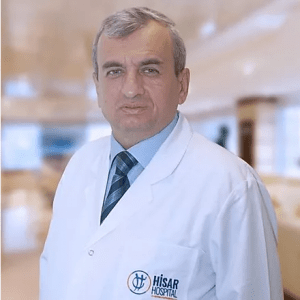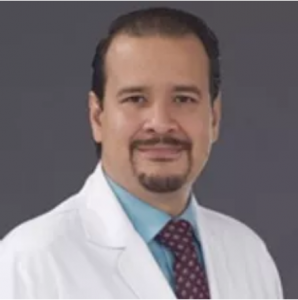Exercise Induced Bronchoconstriction (EIB)
Exercise Induced Asthma and Exercise Induced Bronchoconstriction share almost similar symptoms. In this condition a person can hardly exercise for 20-30 minutes. Read More
Top Doctors For Exercise Induced Bronchoconstriction (EIB) Treatments
Top Hospitals For Exercise Induced Bronchoconstriction (EIB) Treatments
Exercise Induced Bronchoconstriction (EIB)
- Before going to gym or before preparing for any sports short acting Beta2- Agonist can relieve the pain and stress. For maximum benefits take it 15-20 minutes prior to the exercise.
- Mast cell stabilizing agent, 1 hour before exercise works wonders.
- Fish oils supplements can also come to the rescue.
- If a person with EIB also suffers from allergies or infections then antihistamines are life-savior.
- Under doctor’s guidance daily intake of ascorbic acid and low-salt diet can be followed.
- Corticosteroids help in broadening the airways.
- Once or twice in a day, leukotriene receptor inhibitors are also advantageous.
- Short acting bronchodilators medicines before 15-30 mins of the exercise.
- Do some stretch exercises and short ones for 10-15 minutes before stepping into the major ones.
- If you are exercising in winters or during cold climates (mostly at night) when the climate is cold, prefer to use caps, monkey caps, jackets, fur caps, scarves, etc.
- As long as possible use your nose for breathing rather than mouth.
- Stop smoking cigarettes and do not consume cocaine and marijuana as all these things are worse for lungs.
- Doctors usually take physical tests and special exercise tests whenever you visit them, to know your symptoms in a detailed manner.
- Lungs capability is measured with Spirometry test, it shows breathe-in/breathe-out timings and speed accurately.
- To see the performance, the doctor may conduct one more similar test to know the difference and for comparison sake.
- If a doctor has a doubt about EIB, then he/she will take other inhalation tests and if the doctor suspects EIB in you, treatment options will be given to you.
Symptoms
Symptoms may stay for 45-60mins and even more if kept untreated.
- Chest Tightness
- Shortness of breath
- Cough
- Abnormal Endurance
- Wheezing
- Increased Mucous formation
- Sore throat
- Dyspnea
Causes
EIB mostly happens due to certain things and some of the causes are below:
- Cold places – Staying in cold places for more time can give pressure to the lungs so it is one of the prominent causes of Exercise Induced Bronchoconstriction.
- Pollen – If pollen is nearby then there are chances that it affects your health.
- Staying in chlorine-based water can also cause this for e.g. swimmers.
- Polluted Air
- Nowadays dry climate mostly causes this rather than other things.
- Carpet dust in the gym
- Weird perfume smells.
- Ice related sports such as skiing, ice hockey and ice skating.
FAQ
1. HOW DOES EXERCISE INDUCED BRONCHOCONSTRICTION DIFFER FROM ASTHMA?
Exercise Induced Bronchoconstriction generally occurs by running, jogging, working out in the gym, by playing football and in short when a person indulges in high intensity exercises. On the other side Asthma is totally different; it can happen randomly and gives sudden asthma attacks at any time in the day.
2. HOW LONG PATIENT HAVE TO TAKE MEDICINES FOR EXERCISE INDUCED BRONCHOCONSTRICTION AND WHAT ARE THE SIDE EFFECTS?
For long term relief some corticosteroids are given and for permanent relief it might take years but to stop exercising is not advisable low intensity exercise can keep you active without causing any breathing problems and for the rest of the problems you can ask the expert doctors. If we talk about the side effects then stomach pain, anxiety, vitamin-c deficiency is some of the minor yet not ignorable side effects.
3. WILL I ALWAYS HAVE EXERCISE INDUCED BRONCHOCONSTRICTION OR CAN IT GO AWAY?
It may last for an hour or two but after taking medicines it can quickly disappear but if kept untreated then it can come up with major risks.
4. HOW TO GET RID OF EXERCISE INDUCED BRONCHOCONSTRICTION?
Take more rests between the exercises and give more time for warm up and stretching rather than actual exercise.
5. HOW TO LIVE WITH EXERCISE INDUCED BRONCHOSPASM?
Keep reminders on the phone about medicine times, medicine dose, if taking supplements then note that also and when to skip the medicine, also how many medicines should be taken the first 12 hours of the day and when not.
6. WHAT TO PREVENT BEFORE, EXERCISE INDUCED BRONCHOCONSTRICTION TEST?
Before the test, if you want precise results then some medicines such as Stiolto, Anora, Trelegy should be stopped at least before 36-48 hours before the test.While Seebri, Tudorza, Brovana and Duleara should be stopped before 24 hours.
7. HOW LONG WILL THE EXERCISE INDUCED BRONCHOCONSTRICTION TEST TAKE?
Often takes 1-2 hours. Most of the time the actual test doesn’t take much time, but more time is taken for preparation, to make the patient understand about the procedure and doctor’s observation on the test.























































